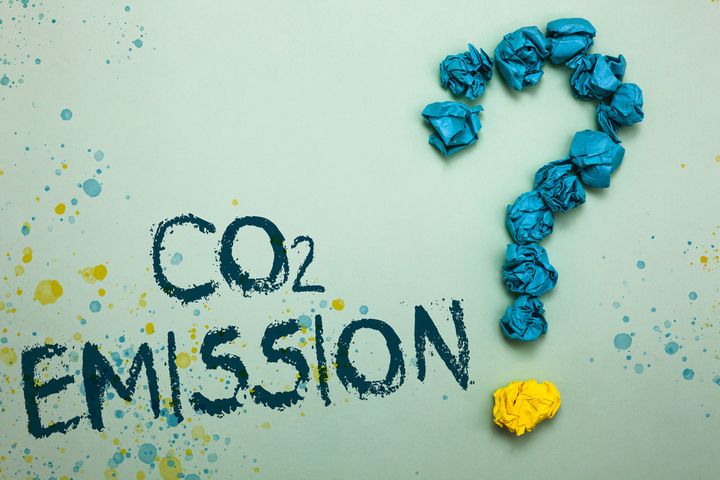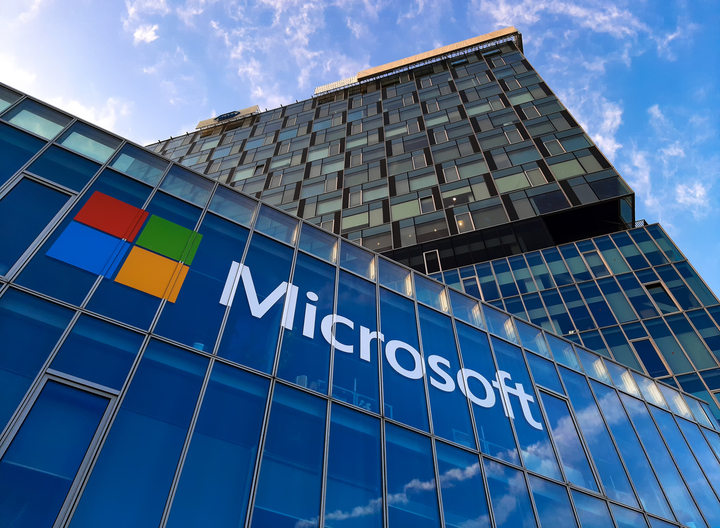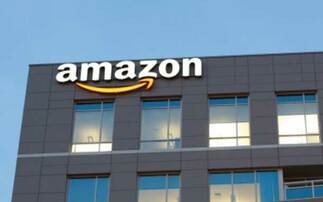
Amazon Web Services v Microsoft Azure Waste/Circular Economy/Recycling
Waste/Circular Economy/Recycling is all about the extent to which cloud vendors are squeezing various categories of waste out of their value chain and utilising circular economies. It examines basics such as reductions in paper and plastic use, recycling rates and also the extent to which refurbished components are used in datacentres.
Criteria |
Possible score |
AWS |
Microsoft Azure |
|
|
1 | 1 | 1 | |
| Total waste generation | 2 | 0 | 1 | |
| E waste generation | 2 | 1 | 0 | |
| Landfill diversion rate | 1 | 0 | 1 | |
| Proportion of refurbished components used | 1 | 0 | 1 | |
| Single use plastic reduction inc. supply chain | 1 | 1 | 1 | |
Total |
8 |
3 |
5 |
Amazon doesn't distinguish itself in this category, primarily because (as was the case in last year's analysis) the company chooses to provide very limited data.
No data is provided on overall waste volumes, which means landfill diversion rate is not calculable. The proportion of AWS infrastructure which is refurbished is also not given.
We awarded Amazon a point for its second chance scheme, which cuts down on electronic waste by offering repairs and also by offering the opportunity to purchase refurbished items. However, no data is provided about Amazon's e-waste or purchase of refurbished hardware.
One point is awarded for Amazon's expansion of recyclable padded paper envelopes, and one more point for Amazon's development of recycling facilities for the kind of plastic packaging film which is typically not accepted through municipal recycling programs. This film is converted into bags made of 100% recycled material. Recycled plastics, fabrics and metals are also incorporated into new Amazon devices.
Microsoft scores better, but also doesn't do brilliantly in this category. There appear to be anomalies in the figures for waste generation between 2020 and 2021.
In this year's ESG Report (the 2021 report) the total waste figure from 2020 provided for year-on-year comparison is given as 40,570 metric tons. However, in the 2020 ESG Report the figure is much higher: 77,063 metric tons.
No explanation is provided for the revision and when asked about it, Microsoft chose not to comment. Consequently, only one point is awarded here even though waste volumes appear to have fallen sharply. Microsoft's landfill diversion rate is 78.4%, which although a slight reduction year-on-year, is still reasonably high.
Microsoft also picks up points on paper reduction and recycling, and also for an 18% reduction in single use plastic in product packaging.

Amazon Web Services v Microsoft Azure: Transparency
Transparency is where Computing assesses the degree to which key environmental data is made available. The category reflects judgements about the extent to which information is made freely available and the quality of that information,
Criteria |
Possible score |
AWS |
Microsoft Azure |
|
Quality of Scope 3 reporting |
3 | 1 | 3 |
| Scope 2 & 3 LBM and MBM reported | 1 | 0 | 1 |
| Clear target based GHG emissions reporting | 2 | 0 | 2 |
| Carbon Offset Quality & transparency | 2 | 0 | 2 |
| Accessibility & transparency of data overall | 3 | 0 | 2 |
| Use of third-party datacentres | 2 | 0 | 0 |
Total |
13 |
1 |
10 |
Amazon scores one point out of an available 13 for this category, and this poor showing has a seriously detrimental impact on the company's overall sustainability score.
The one point scraped is awarded for covering the big scope 3 emission upstream categories. The reason more points are not awarded is that the categories are not broken out in the main ESG report. To find further detail, we had to check the verification letter. Downstream emissions categories are not included.
No further points are given because LBM emissions are not reported, and overall reporting is neither clear, accessible, nor target based. Few details are provided about carbon offsets and the extent to which they are used.
When Amazon was asked about how its third-party datacentre use affected ESG data, the question was ignored.
Third-party secrecy
AWS is secretive about its datacentre locations, citing security reasons. There is one AWS datacentre in the UK - in, or near, Bristol - and another in Dublin.
Several other sites in areas such as Didcot, Bracknell and Swindon are planned or under construction, but planning delays as well as construction issues relating to the pandemic have hit the projects.
Further sites in Dublin have been delayed by concerns about the impact on the power grid. It seems unfeasible that, if AWS only has one datacentre in the UK, it is not utilising third party infrastructure or colocation, particularly given features such as zone redundancy.
Microsoft also ignored the third-party datacentre question, and all the same concerns apply. There are two listed Azure UK regions - South and West. South is located somewhere in or around London and the West in or near Cardiff. But addresses are impossible to find.
Speaking to an anonymous source, we learned that even guests invited to visit Microsoft's datacentres do not know exactly where they are. Attendees are collected in an unbranded minibus and driven to an unmarked location.
Both companies refer to datacentre "regions," which implies multiple linked sites within the same region for reasons of availability and latency avoidance. The lack of acknowledgement that third-party datacentres are used is of concern because it potentially affects so many sustainability metrics, particularly the carbon footprint measuring tools that are being marketed to customers.
How can either AWS or Microsoft claim to be able to quantify PUE, or the scope 3 emissions of a customer associated with their service, when they selectively use datacentre infrastructure they didn't build and/or have limited control over? There may be perfectly reasonable answers to these questions but so far, neither Amazon nor Microsoft have chosen to provide them.
In addition to ignoring the third-party question, Microsoft also lost a transparency point because of the anomaly with the waste reporting, though it scores full marks in every other criterion in this category.
Microsoft's emissions reporting is clear, and available by emissions category, region etc. Both location and market-based totals are reported. Microsoft also publishes a document that sets out its criteria for high quality carbon removal, rather than just relying on third party validation criteria like VCS (which has some serious shortcomings.)
Microsoft is also trying to raise standards for its customers by launching an Environmental Credit Service as part of its Cloud for Sustainability toolset, which aims to provide a common infrastructure to improve transparency and the ability to track the provenance of carbon credits.

Conclusions
Because of the nature of its business, Amazon will always be at a disadvantage in this analysis. However, neither Microsoft nor Amazon breaks out cloud from their other operations, and in terms of market share and company size this is the fairest comparison in this year's analysis.
In three parts of that analysis Microsoft trounces Amazon, and is the overall winner of this head-to-head.
The Windows maker has set more ambitious targets for reducing its GHG emissions and removing historical emissions, and has set shorter timescales. In criteria such as the Science Based Targets Initiative and UN SDGs, there is evidence to suggest Microsoft takes these goals seriously. It is documenting and making public not just its efforts to align with goals, but its progress towards meeting them. The company also sets much higher sustainability standards for its suppliers than AWS.
Microsoft also provides clearer and more comprehensive data on waste generation, recycling initiatives and the use of refurbished components in infrastructure. However, Microsoft has altered waste figures from one year to the next to the tune of approximately 30,000 tons with no accompanying explanation. When asked about this revision Microsoft chose not to comment.

Overall, Microsoft publishes considerably more relevant data than AWS. That data is accessible and generally well presented, but Microsoft is not above presentational sleight of hand; for example, the way it presents market-based totals rather location-based totals in its main emissions data table - but location-based data is at least easy to locate.
That said, Microsoft has gone out of its way to publish more scope 3 data in difficult to quantify categories, which is a brave thing to do given that it's going to increase the emissions the company then has to report.
However, there is very little to choose between either AWS or Microsoft in the category where the proverbial rubber meets the road: emissions, energy and water.
Neither cloud giant scraped half of the 23 marks available in this category, with Microsoft managing 10 and AWS 9. The main reasons for such poor scores is the reality that, despite the ambitious targets, all emissions and water data is pointing in the wrong direction. Both companies increased their overall GHG emissions - Amazon by 18% year on year and Microsoft by 21%.
Microsoft has also increased its water consumption by 500 million litres, and Amazon does not provide any data on water withdrawal. In both cases, the stated ambitions of both companies for water positivity by 2030 look less like genuine sustainability goals and more like marketing.
There is also a troubling lack of clarity from both Amazon and Microsoft about the use of third-party facilities that they do not own, and therefore can't exert control over factors like embodied emissions, water, cooling, efficiency etc.
Microsoft decisively wins the overall comparison, but the gaps between the standards and policy score and emissions/energy/water score are troubling.
The gap is smaller for Amazon, but that all that reflects is the fact that Amazon set lower standards in the first place. However, whilst Microsoft has set high standards for sustainability, and is pretty good at reporting progress, its score gives cause for concern.
If the company is to reach its targets for emissions and water consumption reduction, the next few years are going to have to see some very sharp falls in both. Otherwise the perception that Net Zero strategy is little more than marketing will begin to take hold.


















